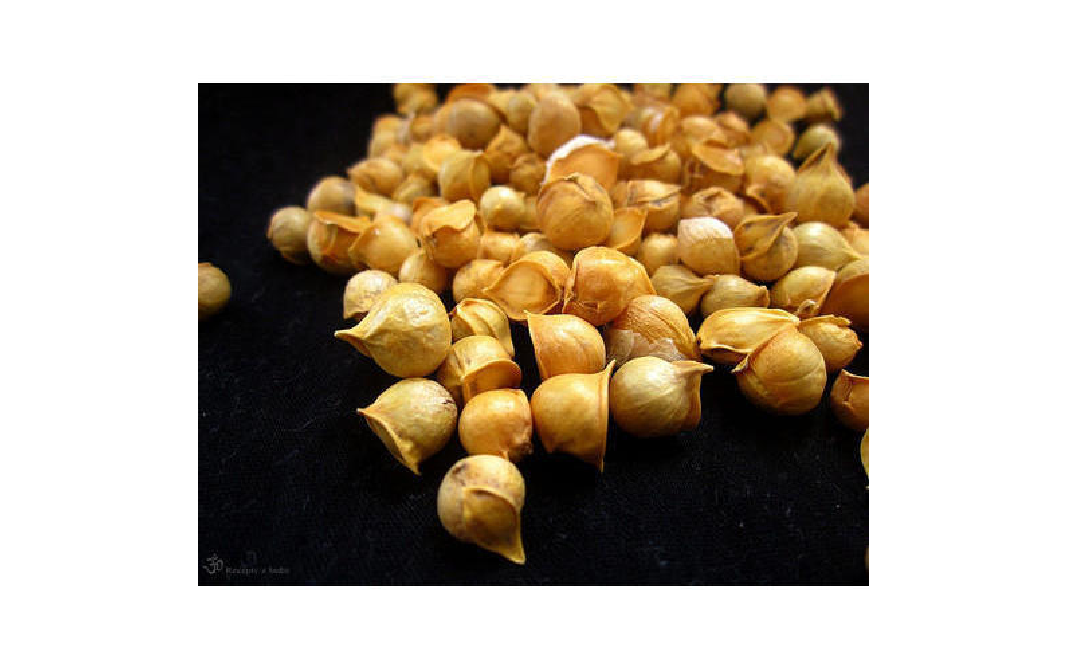


Kashmiri garlic tends to reduce high cholesterol levels in the body. As per a research, garlic can lower about 20 mg/dl cholesterol and triglyceride levels. It is also said that Kashmiri lehsun helps reduce the risk of getting cold and cough if consumed regularly. It also builds up the immunity to ward off infections. A chemical compound called Alliinase and Alliin when crushed or ground forms a powerful compound called Allicin, which helps to alleviate cough and cold.(1)
At the time of purchase go ones that are firm and not very soft, and should be big in size.
It should always be consumed in moderation, a healthy person can take up to 2 cloves in a day to boost energy, but taking more than that is not recommendable because it acts as a blood-thinning agent, which might lead to other complications.(3)
- Disclaimer
"Information here is provided for discussion and educational purposes only. It is not intended as medical advice or product or ingredient review/rating. The information may not apply to you and before you use or take any action, you should contact the manufacturer, seller, medical, dietary, fitness or other professional. If you utilize any information provided here, you do so at your own risk and you waive any right against Culinary Communications Private Limited, its affiliates, officers, directors, employees or representatives.”
Description
Kashmiri lehsun is big in size when compared with the usual ones, it has a hard, golden-brown husk and seems like an individual clove of garlic. Moreover, it is said to have a round, bulbous shape with a stiff, flattened portion on one side adjoining the tail end of the clove. The hard outer layers acts as a protective husk for the bulb. The garlic clove beneath has a pungent flavour without the acidity, which is usually present in other varieties. Speaking about its texture, the clove is bright white to creamy-white in colour. They are available all round the year, with spring being its peak season. This Kashmiri lehsun is indigenous to the Himalayan mountains, which in the recent time happens to be Jammu and Kashmir. These are grown at 1800 meters above the sea level in a climate having low oxygen levels and harsh snowy conditions and has a full potential to bear with cold, high-altitude environment.